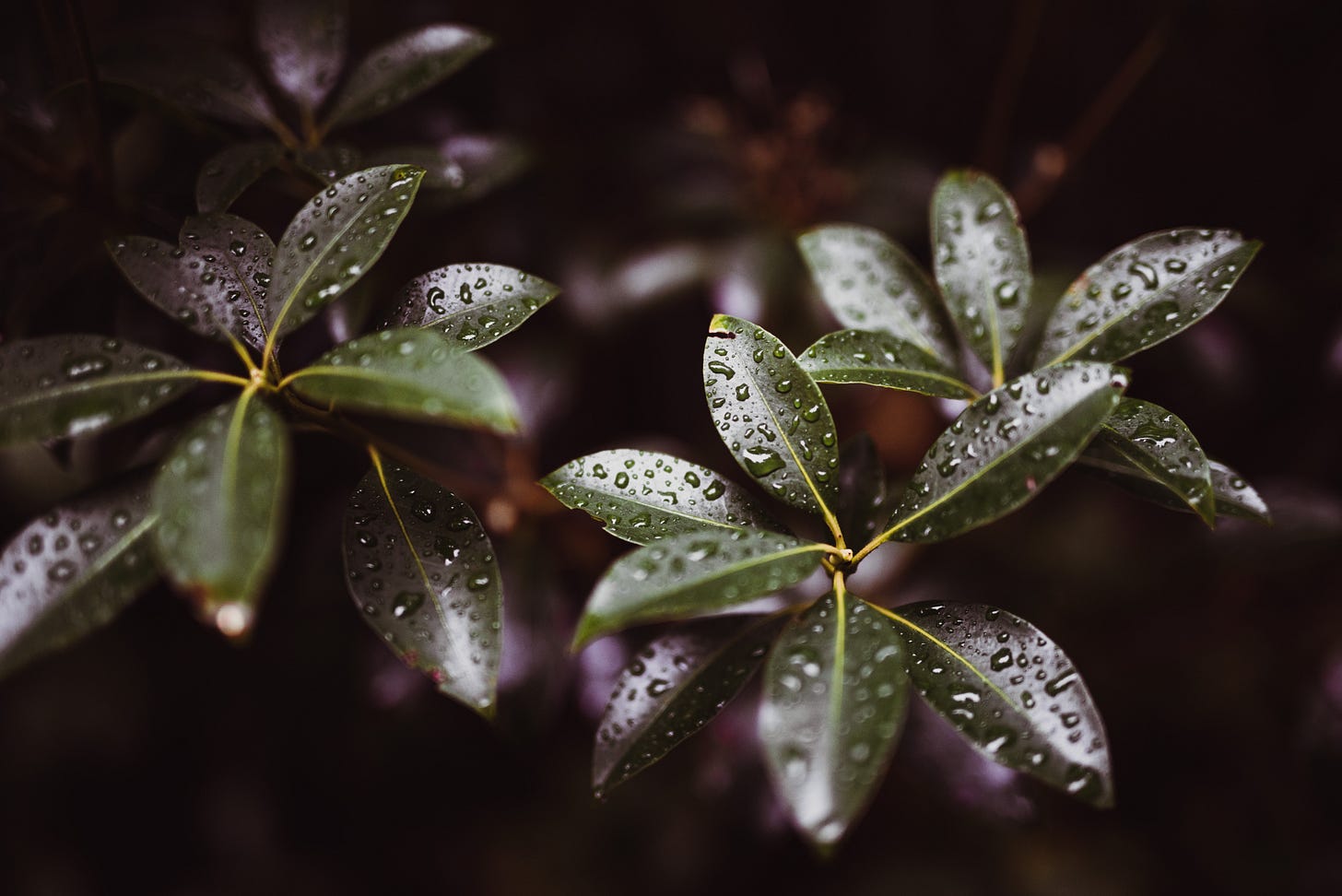How to Predict the Coming Weather
Hello, and welcome back.
In my first blog this month I encouraged you to become more weather-aware by keeping a log of climatic conditions each day. What did you discover? Is it less rainy, windier, or perhaps warmer at this time of year than you’d previously assumed? Keeping an accurate record may cause you to ditch some of your previously held assumptions.
In this post I’d like to offer you some of the keys to home weather prediction, things you can observe for free rather than having to resort to expensive equipment.
The most reliable clues come from the clouds. Wispy feather-like white or light grey clouds, particularly if they’re scattered widely and located high in the sky, indicate fair weather, as do cumulus clouds—the puffy cotton balls. Flat sheets of grey—either stratus or nimbus clouds—predict overcast or foggy days, with perhaps rain, snow or some light drizzle. Altocumulus clouds—also known as mackerel or fish scale clouds because of their appearance—tell you you’re in probably in for rain within the next 36 hours. Then there are cumulonimbus, the tall towers of clouds containing grey or even charcoal-coloured clouds—mean a thunderstorm is imminent.
Then there’s the wind. The stronger and gustier the wind, the more likely wild weather is on the way (or sometimes, already with you!). Winds coming from the west usually suggest clearing and fairer weather, whereas an easterly wind—especially if it’s paired with a falling barometer—warns that foul weather is coming.
Plants offer more clues. If the flowers smell particularly strong or you’re aware of the scent of moisture, rain is coming, and many flowers—daisies for example—close their petals during the day if rain is coming soon.
Finally, the animals and insects can tell us a great deal. Birds fly higher when the weather is set to be fair; if they’re low-flying, expect rainfall soon. It’s also said that spiders descend their web, and bees return to their hive en masse just before it rains. Cat lovers report that if their pet starts cleaning their ears, rain is on the way. And we dog lovers know many dogs become agitated if a storm is approaching…
But now I’m straying into Caroline’s territory! She knows far more than I do about your dogs, so I shall leave canine clues to her. Meanwhile, why not test some of these observations, so you can discover which ones are for you the most useful weather predictors?
Enjoy your new discoveries, and until next time, best wishes,
Linda



